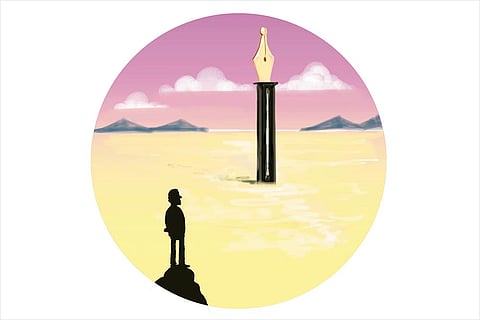Guwahati, it seems, has largely shrugged off its image of a city of laahey, laahey (slowly, slowly). The drive from Borjhar airport into the city after sixteen years starkly unfolded how drastically Assam’s capital has changed. The road that once wound through the leafy campus of a sprawling Gauhati University has been abandoned, or rather, bypassed through a detour of flyovers. The Guwahati-Shillong Road, the main thoroughfare, has undergone a makeover too.
Names of old neighbourhoods rang a familiar bell. Paltan Bazar, Pan Bazar, Uzan Bazar—they were all there. But none of the landmarks were recognisable for a journalist who once visited the city every fortnight to cover the tumult of the violent ULFA days. Quintessential Assamese houses—the pretty match-boxy homes with sloping tin roofs—are more of a rarity now. Multi-storey residential complexes, glitzy malls and glass-fronted showrooms stand in their place. Having shed its tranquility, Guwahati today is more happening. Iconic hotels such as Belle Vue have shut down, only to be replaced by swankier hotels, discotheques and pubs. The city stays awake longer and late. But the transformation to a fast-paced life has had consequences: more cars, terrible jams (even on weekends). Only the traffic moves laahey, laahey now.
The change that Guwahati has undergone over the past one-and-a-half decade has been profound. Most politicians and officials who held sway are no longer around.
Old-timers who are still persevering, such as former chief minister Prafulla Kumar Mahanta, are battling irrelevance with a younger generation. But one senior is holding his ground and that is Samujjwal Bhattacharya, the leader of the All Assam Students’ Union (AASU), the organisation in the vanguard of the Assam agitation of the 1980s. Bhattacharya was the president of AASU in the 1990s. Now in his fifties, a far heavier Bhattacharya with a balding pate is still the best-known AASU leader despite the hermitic title of chief adviser. He was at the forefront of a black flag demonstration last week against the visiting prime minister. Though an important voice which cannot be ignored, the ageing leader also invites derision, with some locals saying that Bhattacharya could be the oldest student leader of the country if not the world.
